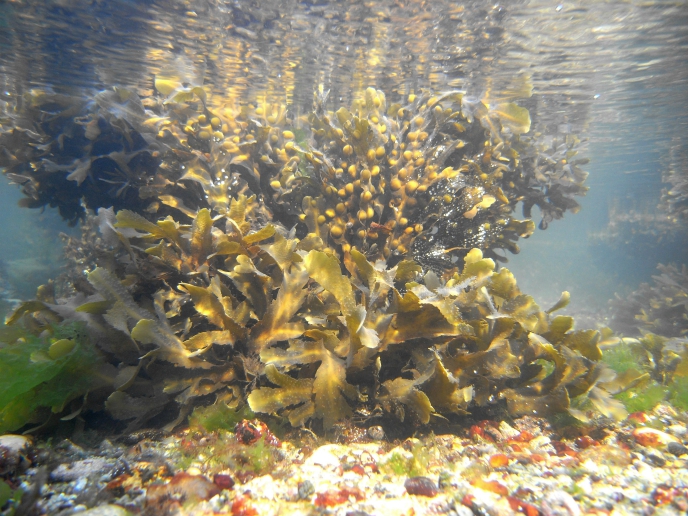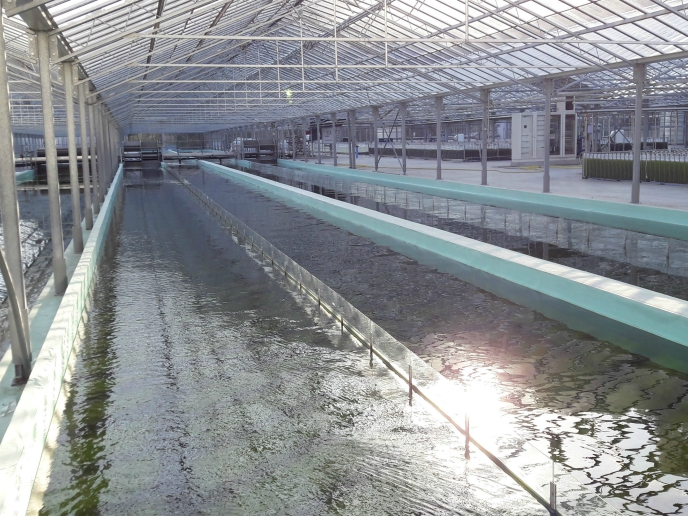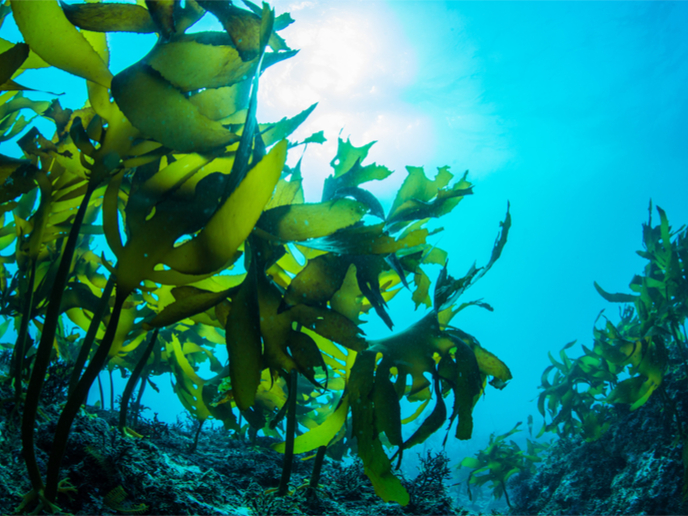Brown algae provides insights into origin of the sexes
The mechanisms by which sex is determined differ across living organisms. This can be achieved through environmental factors, such as the temperature of crocodile eggs during incubation, genetic factors (sex chromosomes) or a combination of both - in the case of some fish species. “We know quite a bit about sex determination in animals,” notes SEXSEA project coordinator Susana Coelho, who carried out her research at the French National Centre for Scientific Research (CNRS) and was recently appointed director at the Max Planck Institute for Developmental Biology, Germany. “However, we know very little about what happens in the world of algae.” Brown algae have evolved independently of animals and land plants for more than a billion years. And in less than 300 million years, brown algae have evolved multicellular bodies that rival the complexity of plants. “Brown algae are amazing organisms that have immense ecological importance, and also have males and females,” adds Coelho. “But we don’t know enough about their biology, including how they form these males and females."
Determining sex
In order to fill this knowledge gap, the SEXSEA project, with the support of the European Research Council, sought to discover the mechanisms by which algae determine sex. “By comparing different algae species, we were able to identify genes that are always linked to males or always linked to females,” explains Coelho. “The genes that are always sex-linked are the ones that have been there before speciation took place.” Speciation occurs when a group within a species separates from other members of its species and develops its own unique characteristics. From this, Coelho and her team dated the origin of sex chromosomes on an evolutionary scale. They were then able to identify the chromosomal basis of sex determination, providing a solid foundation for understanding brown algae biology. “We have been able to achieve a billion-year perspective on the evolution of sex chromosomes,” notes Coelho. “We have also identified and characterised the sex chromosomes across several brown algal species, increasing our understanding of key processes underlying the origin and evolution of the sexes.”
Evolution of the sexes
The fact that brown algae have evolved independently of animals and plants enabled Coelho to study the universality or uniqueness of processes that drive the evolution of the sexes. “For instance, one of the genes inside the male chromosome has similarities to the SRY gene,” she adds. “This gene is involved in male sex determination in animals, including humans.” However, because separate sexes in algae and animals emerged independently, Coelho concludes that it is likely that some sort of convergent evolution is at work. “Nature may have limited choices when it comes to some types of biological processes,” she says. “These genes may have been ‘reused’ in algae and in animals to determine sex.” Moving forward, one question Coelho is interested in examining is how hermaphroditism, where the same individual can produce male and female structures, takes place. “What happens to the sex chromosomes in a hermaphrodite context?” she asks. “And why aren’t all the brown algae hermaphrodites?” This fascinating work has underlined the fact that to truly understand biology, researchers need to think about looking outside standard plant and animal models. “I hope this project has shown that brown algae are marvellous organisms,” says Coelho. “Studying brown algae has provided me with a much broader view of biology.”
Keywords
SEXSEA, sex, algae, genetic, chromosomes, biology, gene, evolution, hermaphrodite







